Curator Lesley Lokko on the Venice Architecture Biennale: ‘It’s about a world that’s yet to come’
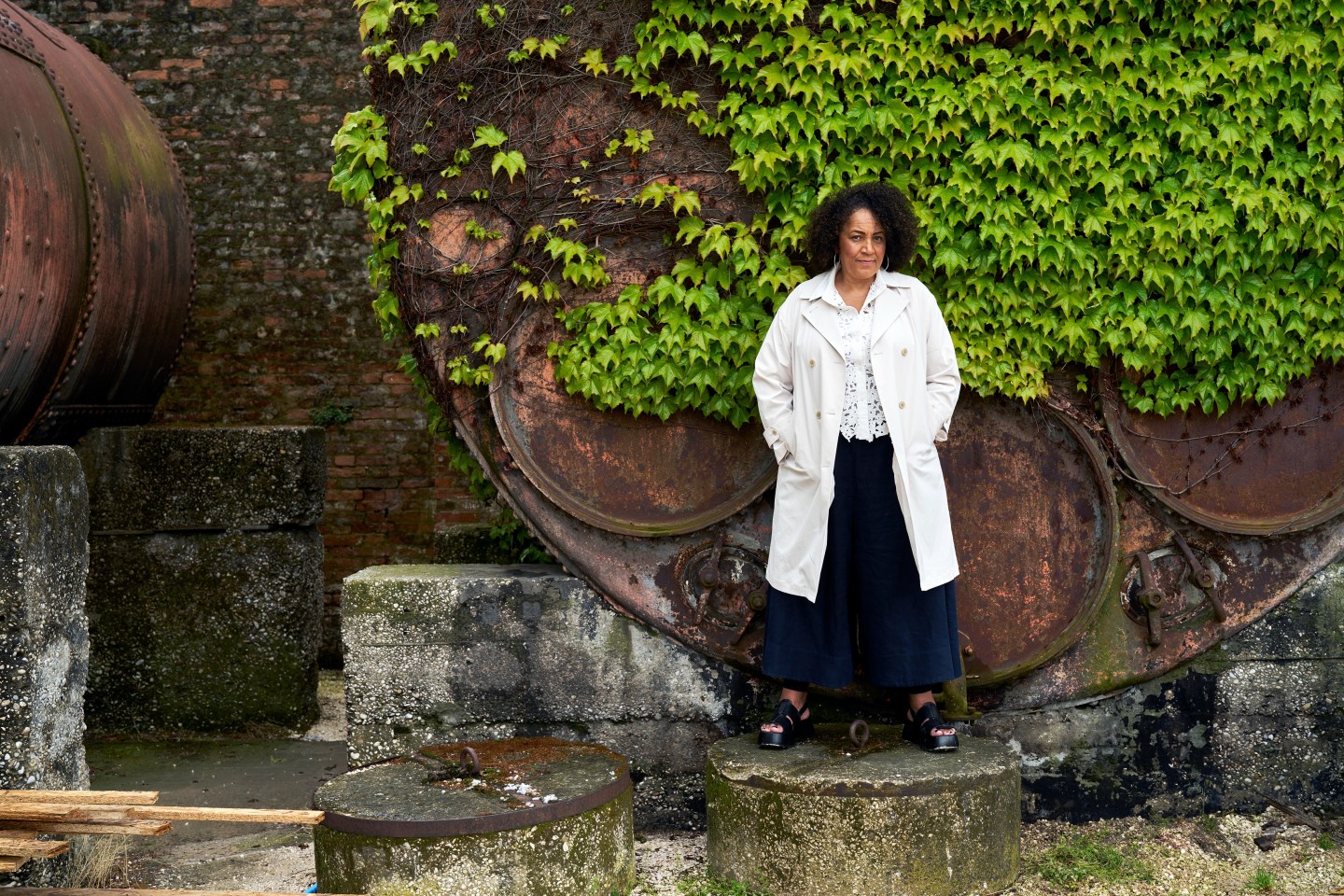
Roula Khalaf, Editor of the FT, selects her favourite stories in this weekly newsletter.
When Lesley Lokko was invited to curate the 2023 Venice Architecture Biennale, it felt like the next chapter of a narrative she’d been building for decades. “I told myself, ‘You’ve been waiting a long time to have a space: now take it, and say something,’” she says during a stopover in London on her way from Ghana to Venice.
The wait is almost over: the 18th edition of architecture’s pre-eminent cultural event opens on May 20. Under Lokko’s direction, 89 independent exhibitors and 64 nations will present proposals and provocations that reflect the state of the discipline. And, for the first time, the spotlight will be on Africa and its diaspora. “The space has opened up to tell a different, more complex story about architecture and its relationship to society,” Lokko says.
Her desire isn’t to replace the existing architectural canon but to expand it. “The sense of an incomplete story, which hasn’t made room for other voices, is strong in my mind.”
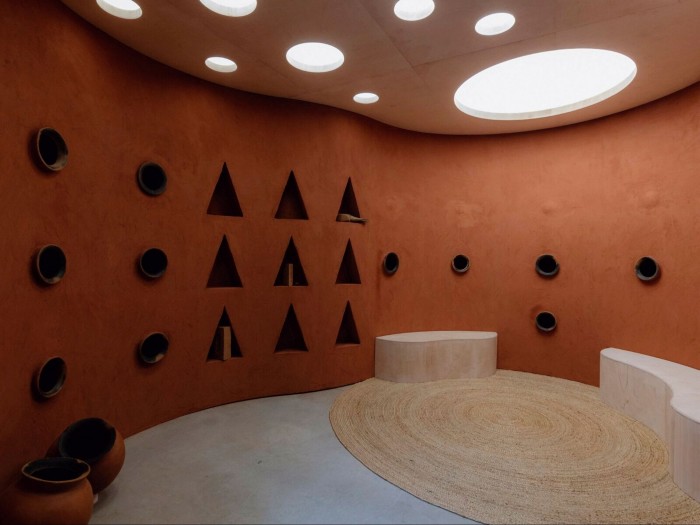
The Ghanaian-Scottish academic heads the African Futures Institute, an Accra-based architecture school and events platform she founded in 2020. Lokko has taken a circuitous route to get here: after trying her hand at Hebrew, Arabic and sociology before studying architecture at UCL in London, she initially gravitated towards designing homes, but found the realities of architectural practice too messy. “I’d been seduced by the idea of a neat desk with a pot of pencils on it,” she jokes. “But I was terrible. I built my own house and one for a friend: they were nightmare experiences.” She quickly realised that education was her calling, earned her PhD and then taught at universities around the world.
For 12 years she left architecture entirely to be an author: her first novel, Sundowners (2004), was a bestseller, and she published 11 more. In 2012 The Scotsman newspaper described her books as “Jackie Collins . . . with a smart and sophisticated edge”. Writing fiction wasn’t a total departure from architecture, she found: “They are both about imagining worlds, and you have to have a three-dimensional mind to hold it all together.”
What has been consistent is Lokko’s interest in the intersection between race and space, from her novels and her 2000 anthology, White Papers, Black Marks: Race, Culture, Architecture, to the graduate school of architecture she established in Johannesburg in 2015 against the backdrop of the Rhodes Must Fall movement. The Venice exhibition is the physical manifestation of these ideas.
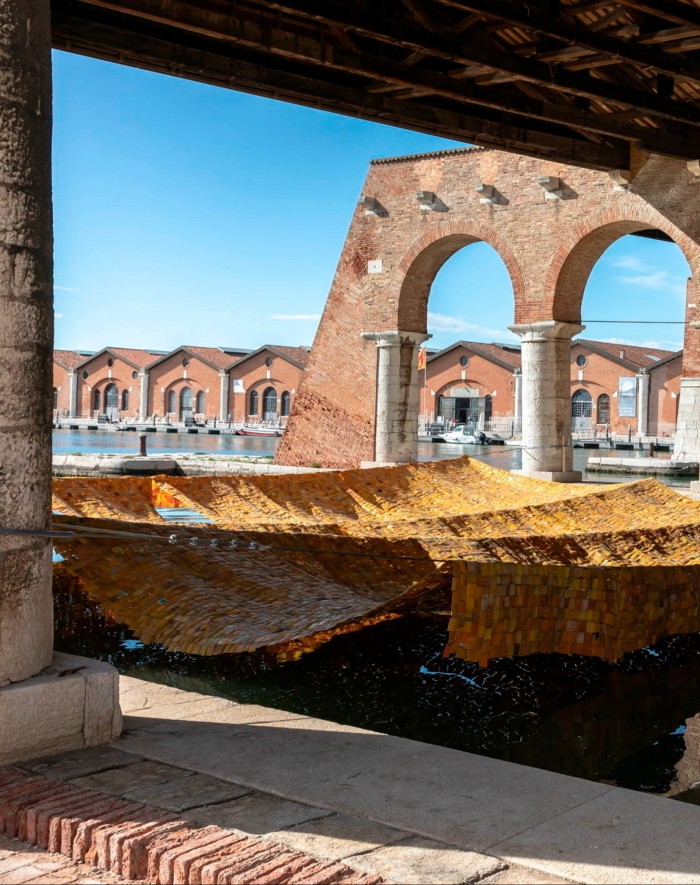
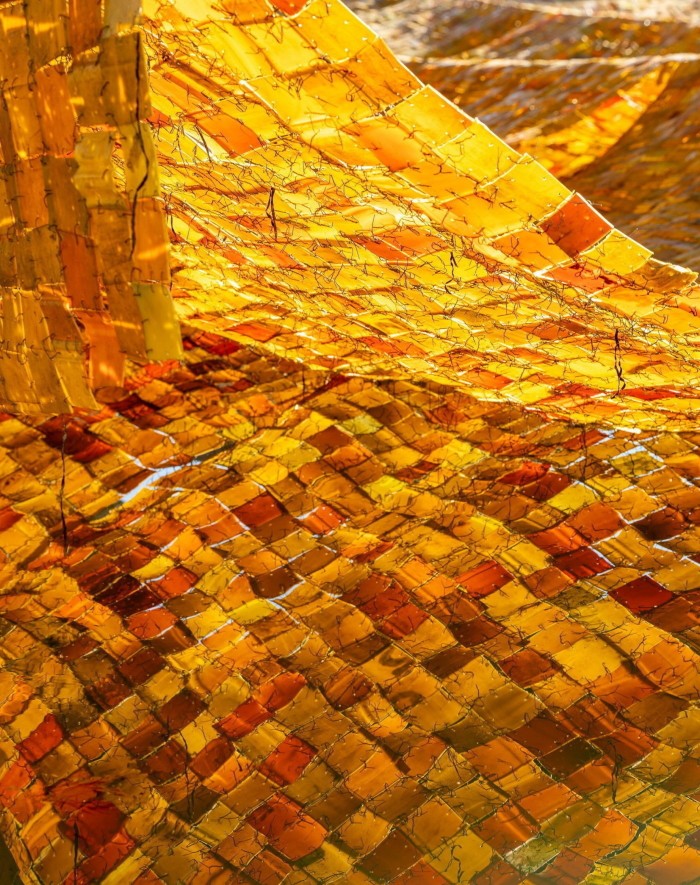
This is the first time the Architecture Biennale has had a curator of African origin. The absence of voices from the continent is clear in Venice’s complex of 29 permanent national pavilions; Egypt is the only representative. This matters not simply because it neglects a huge chunk of the world, but because the region is at the forefront of urgent global challenges — climate change and rapid urbanisation among them.
The global south is often treated as a problem to be solved from the outside. Lokko argues instead that Africa holds an abundance of ideas that the western establishment has ignored until now. The youthful continent is a “laboratory for the future”, she says. That is the title she has chosen for this year’s exhibition, intended to encourage people to experiment with bold visions for how we should live.
Participants will respond to the twin themes of decolonisation and decarbonisation — topics, Lokko points out, that go beyond the zeitgeist. Historically for Europe, she says, the black body was a “unit of energy”. “So the relationship between decolonisation and decarbonisation is a thousand years old.”
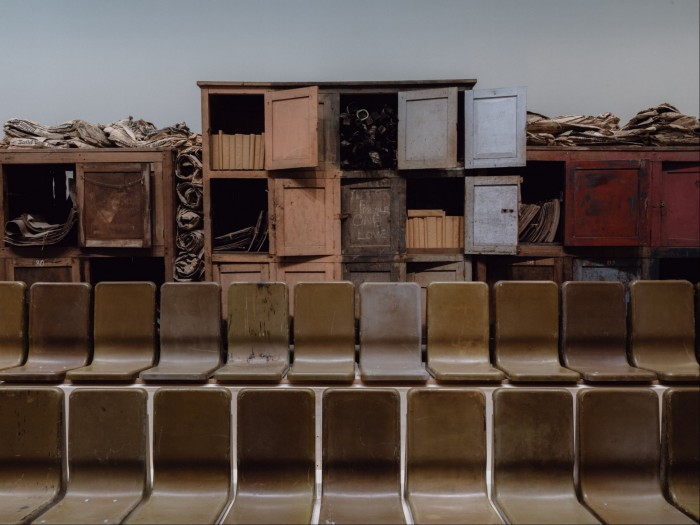
Leading African and diasporic practitioners — the likes of Ghanaian artist Ibrahim Mahama and South African architect Sumayya Vally — are exhibiting alongside others from around the world. Special projects explore themes ranging from food to gender, as well as the Tropical Modernism style that developed in west Africa during colonial rule. National pavilions interpret the themes through their own lenses — from countries focusing on water (Greece, Panama, Grenada) to the UK, which explores how diasporic communities use everyday rituals to claim space. “A lot of what you’ll see will be about the construction of the imagination, and of narratives through film, photography, drawings, models — it’s about a world that’s yet to come,” Lokko says.
The focus on Africa and its diaspora is also a way of exploring hybridity, the merging of identities and cultures — arguably the defining condition of our moment. Architecture is itself a hybrid profession, intersecting with planning, politics and public health. “There’s something about the training of an architect that’s particularly suited to our time: it’s about bringing disparate pieces of information together in a framework,” says Lokko. “Architecture is about more than building buildings.”
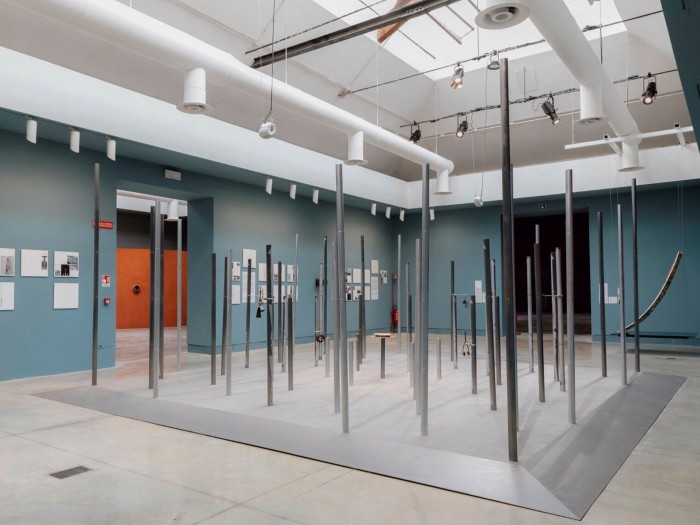
This expansive definition will leave her vulnerable to a common criticism of architects: they think they’re experts at everything. Lokko stresses she isn’t proposing that the discipline expands endlessly — rather that challenges which fall outside architecture as it’s traditionally understood are inevitable. “The hope is that, by privileging other issues, the nature of how one practises architecture will change,” she says. “Architects have the power to change the culture of how we build and how we think about resources.”
Ultimately, though, Lokko’s intention is not just to tell a different story but to change who tells it. More than half the exhibitors this year hail from the African continent or diaspora. There is also gender parity and an average age of 43, contrasting with an industry dominated by older, white, male voices. In keeping with Lokko’s interest in education, the Biennale is for the first time running a “college” for 50 early-career practitioners from around the world.
Not all of Lokko’s own teaching stints have been positive. Her departure in 2020 from her position as dean of the Spitzer School of Architecture at City College New York gained wide public attention. In her resignation letter, Lokko described it as a “profound act of self-preservation”. As well as experiencing overwork during the first phase of the pandemic and a lack of meaningful support — “no job is worth one’s life”, she said — she says the institution was structurally resistant to the transformation it claimed it wanted.
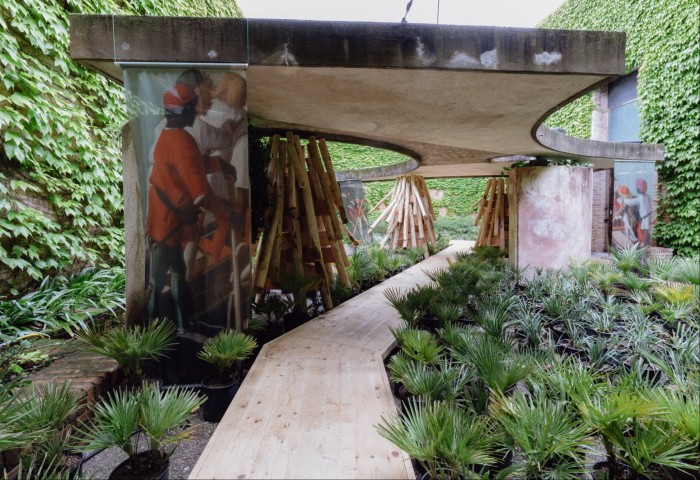
For Lokko, one realisation that came out of this was the importance of creating alternatives to traditional networks of power. “Until then, I thought relationships with allies were things you found almost accidentally. Now I have a more deterministic view: it’s important, for example, that women of my generation — I’m almost 60 — are available to younger women. Succession is something you make, by constructing opportunities.”
When the exhibition finishes in November, this network might be its most immediate legacy. Yet its impact will be limited by its very context. “Of a continent of a billion people, how many people from Africa are ever going to come to Venice?” (At the time of writing, members of Lokko’s own team in Accra had been denied visas to attend the event.)
So what will people who can make it take away? “I hope people will see the power of the imagination — that it doesn’t depend on privilege or resources,” Lokko says, “and that they’ll come away somehow changed by the experience.”
To November 26, labiennale.org
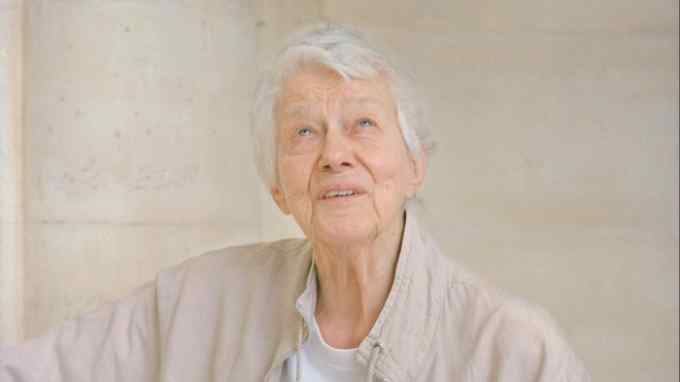
Comments